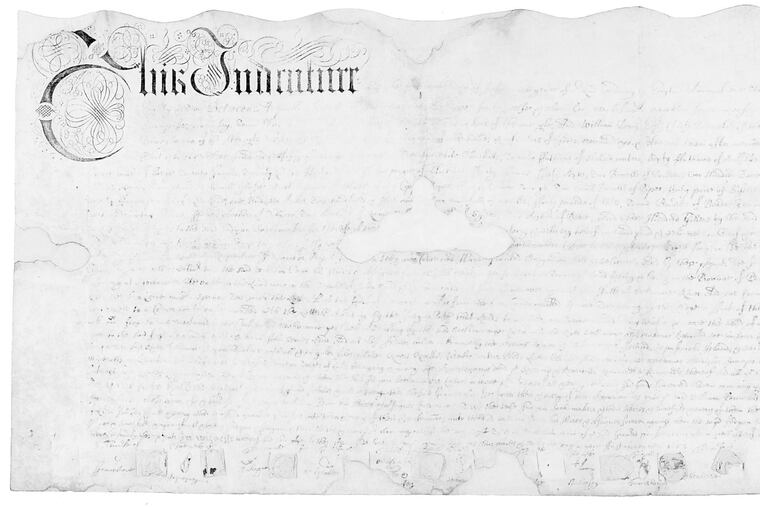The start of Penn's 'Sylvania'
Nearly 3½ centuries ago this weekend, a pacifist became the world's largest crown-less landowner. On March 4, 1681, British monarch Charles II granted William Penn a charter for lands in the New World and "thus was a Quaker raised to sovereign power," quipped the French philosopher Voltaire.
